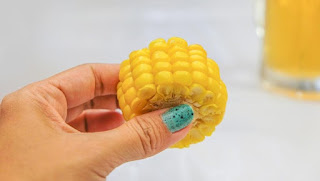After consuming corn, you can still see the remaining seeds in the stool. Does that mean humans can't digest corn kernels? How come it's still intact?
Well, the real explanation from Andrea Watson, a nutritionist at the University of Nebraska-Lincoln, it turns out that all that's left is the corn kernels. The rest, has been processed by the digestive system.
Like other plants, the outer layer of the corn seed is resistant to a tough fiber called cellulose. Humans, do not have the right enzymes or intestinal bacteria to digest it. Because of this, the corn kernels appear undigested when you have a bowel movement.
Not only humans, ruminant animals such as cows, which are much better equipped to digest cellulose, cannot always digest corn optimally. Launch Live Science, Monday (8/5/2023) when cows eat tougher, more mature corn that can be stored long term (as opposed to ours which is softer and sweeter), they also have intact hulls showing up in their feces.
The researchers have also conducted research on the excreted seeds and analyzed their nutritional content.
"Apparently (the seeds -- ed) have pretty much been digested," said Watson.
Cellulose only makes up about 10% of corn, the remaining 90% are beneficial nutrients. Therefore, even though the dregs are still left in the feces, corn turns out to secretly contribute dietary fiber, starch and antioxidants known as carotenoids.

